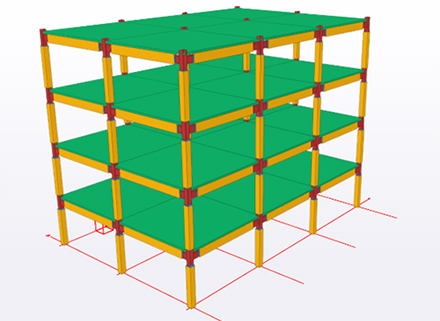New Zealand-based TimberLab has secured a Callaghan Innovation R&D Project grant to help develop and standardise connection details for mid-rise mass timber construction. Source: Timberbiz
The project budget is valued at approximately NZ$500,000 and is co-funded 40% by Callaghan Innovation. TimberLab’s Board has approved funding for the balance of the budget.
After seeing relatively modest growth in the use of mass timber in commercial construction over the past six decades, TimberLab says it now seeing significant increase in demand on a global scale, and the typology of buildings in which mass timber products are being applied is rapidly changing.
This growth was being driven by two factors; increased awareness of sustainability, and regulatory change to facilitate innovative use of mass timber in commercial construction.
Structural engineers have limited experience in mass timber design for commercial application.
There is a lack of scientific and engineering data on the interaction between Glulam timber structures and the metalwork fixings used to secure and join them together. As a result, structural engineers will often over-engineer the metal brackets needed to fix each Glulam member, especially in the New Zealand context which needs to satisfy stringent seismic requirements.
Because of the complex seismic requirements, it is not uncommon for the metalwork fixings to exceed the cost of the timber components. If the connection component is over-engineered, this creates a significant barrier to the uptake of the Glulam technology and therefore undermines sustainability measures.
TimberLab’s R&D project will aim to research, develop and test a modular mass-timber connection system. This is optimized for strength and performance, flexible for designers to utilize in bespoke design, but allows for standardisation of the component parts which combine to significantly decrease construction costs and stimulate the uptake of sustainable Glulam technology.
At the end of our project, TimberLab plans to provide design engineers with a design guide including published capacity values which will allow consultants to design confidently and efficiently in mass timber – a push strategy to market rather than allowing designers to “re-invent the wheel” on every design.








